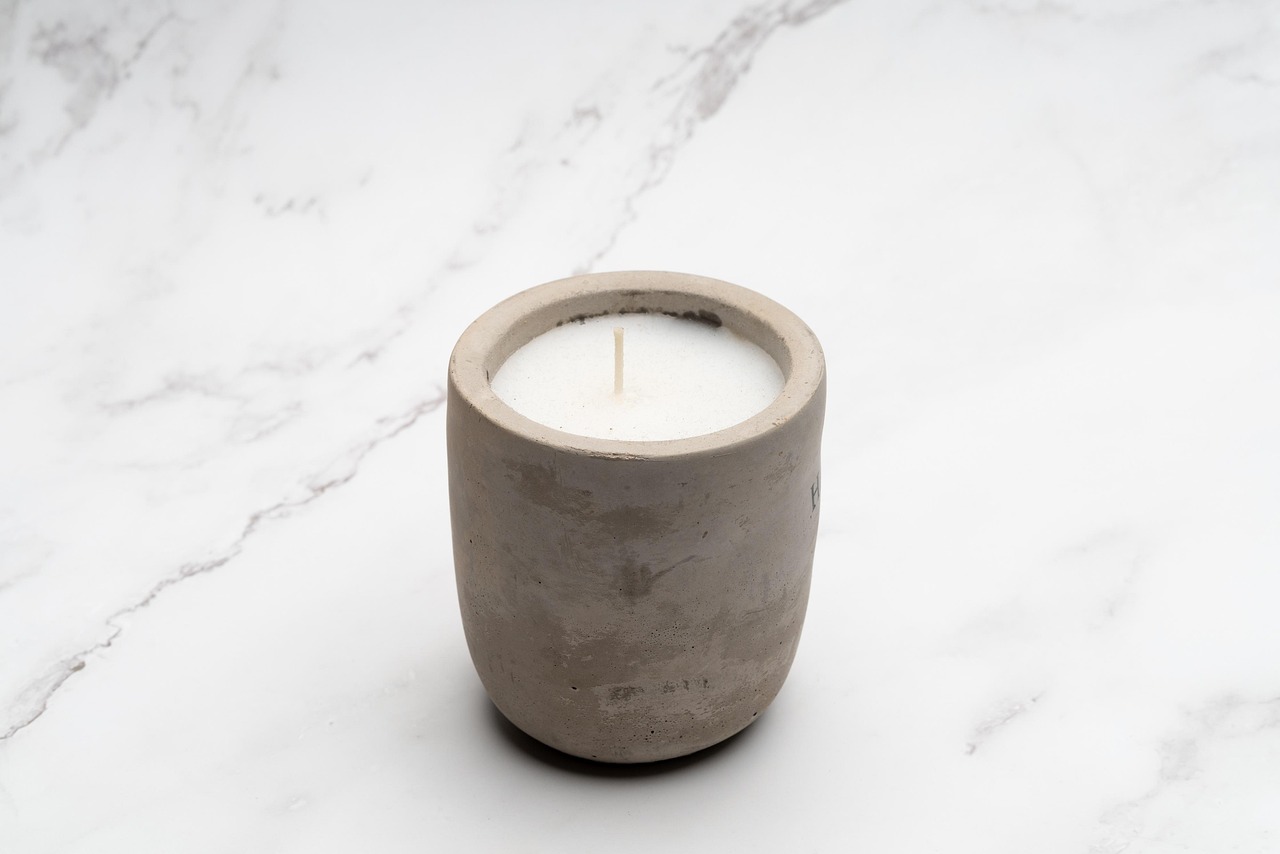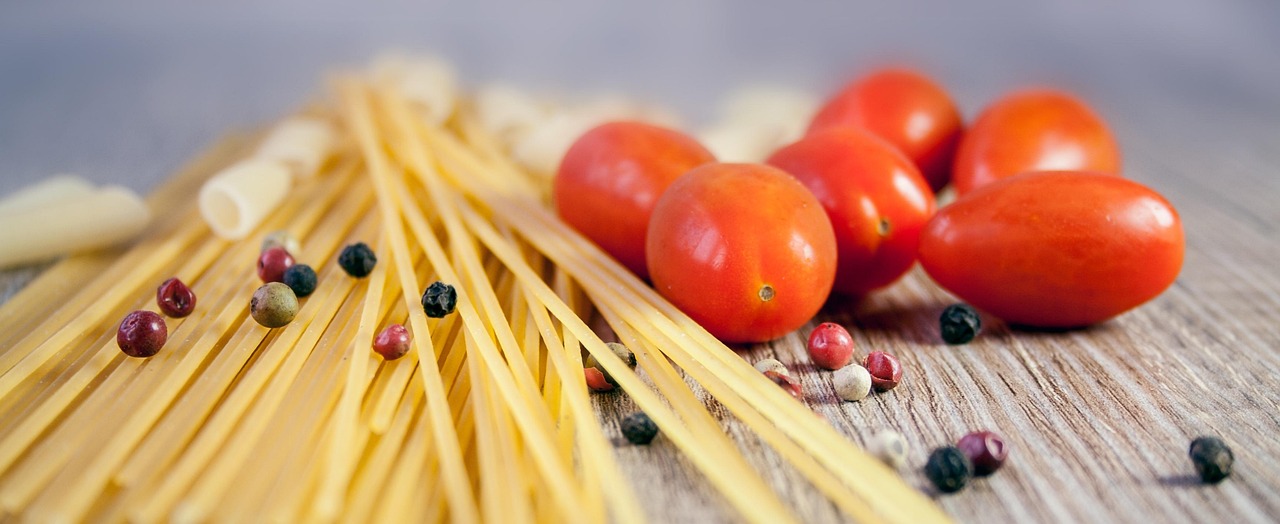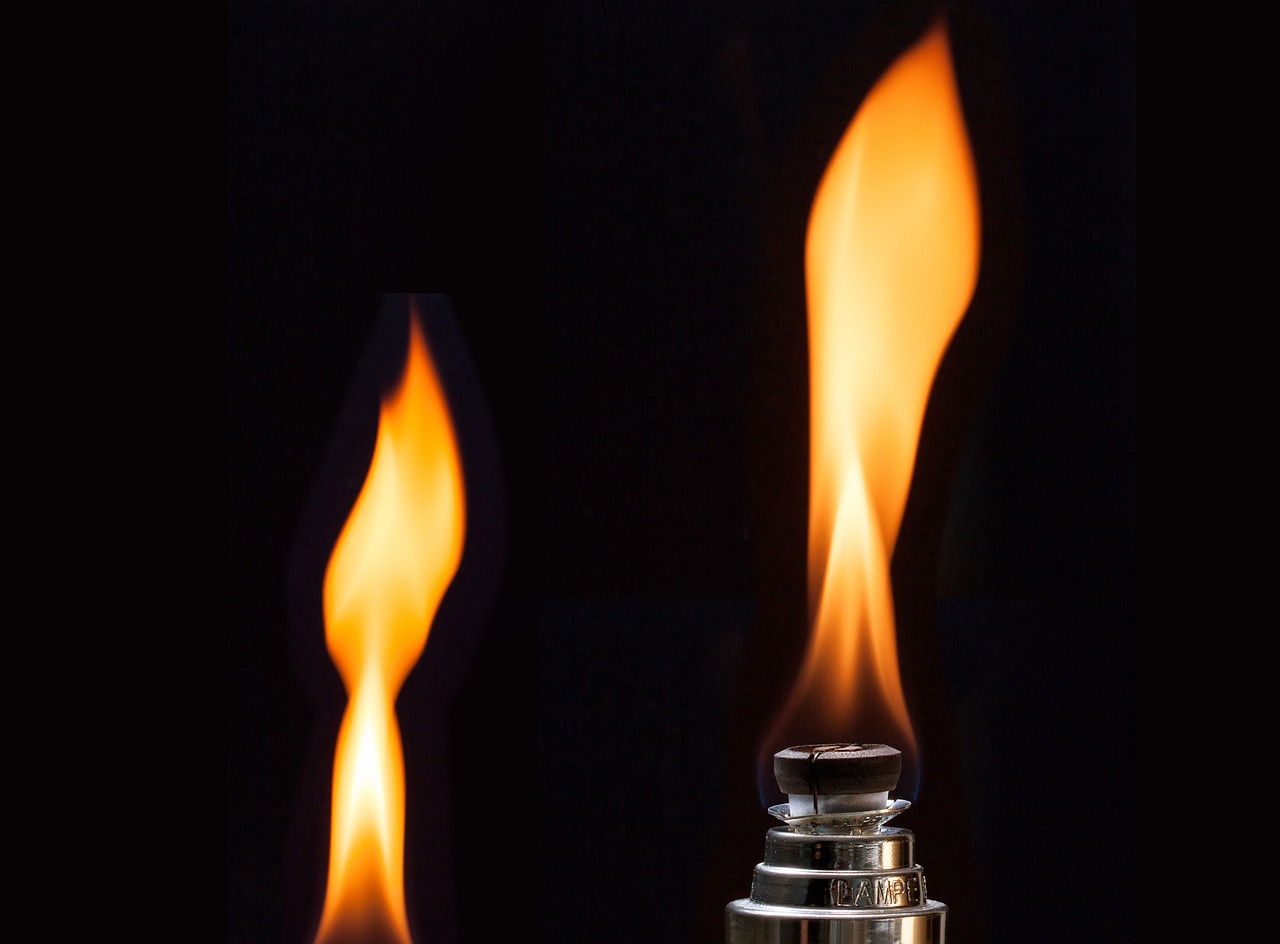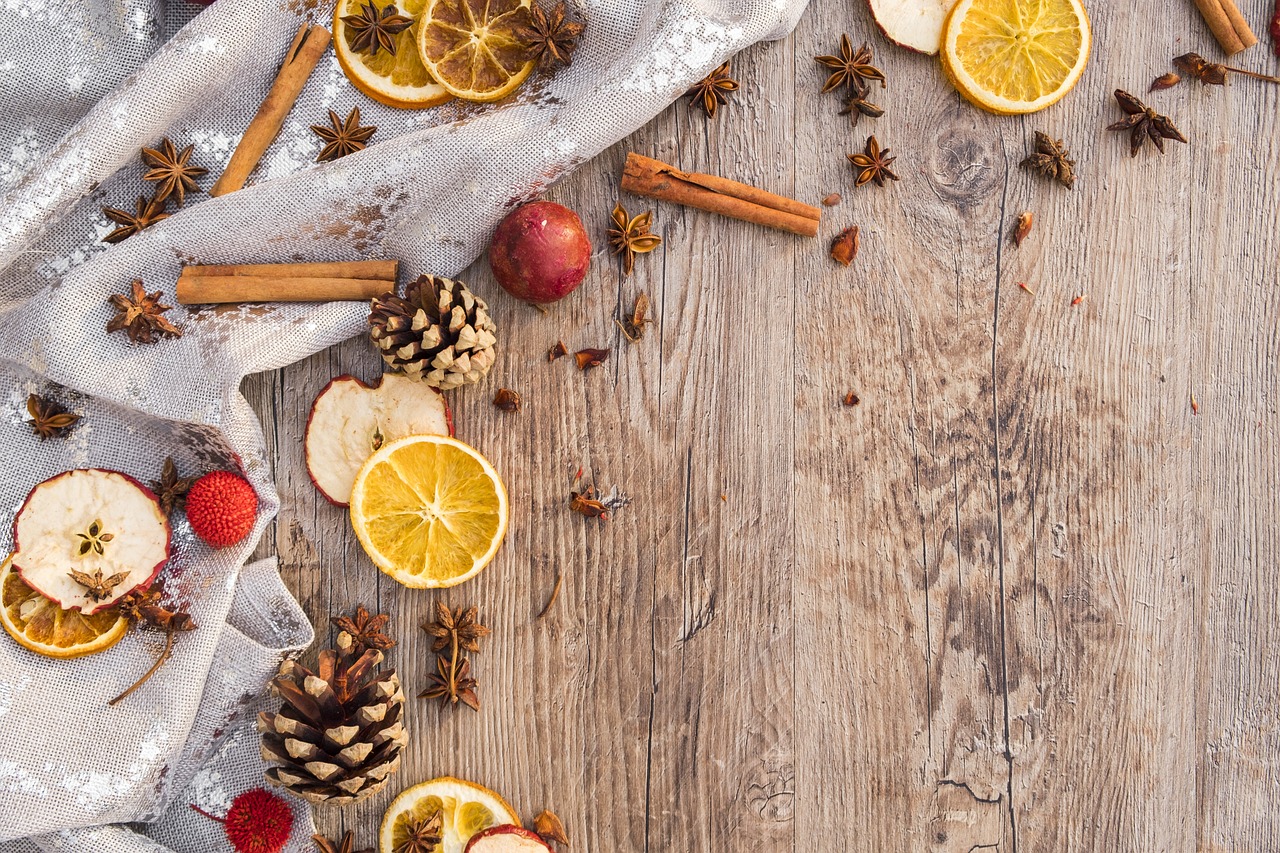
Fragrance Industry Controlled by Few Players
The global fragrance-ingredient market is dominated by a small oligopoly, where a handful of firms control the supply of key scent components. This concentration limits competition and influences pricing and innovation within the industry. At the 2025 SIMPPAR expo in Paris, a key event for fragrance suppliers, vendors ranging from Sicilian family businesses to Japanese chemical corporations showcased their portfolios. Despite the diversity of players, the market’s backbone remains tightly held by a few major producers, each specializing in either natural or synthetic scent molecules. This oligopolistic structure has attracted scrutiny from trustbusters aiming to ensure fair competition and transparency.
Natural Versus Synthetic Ingredients in Fragrances
Fragrance components fall into two broad categories: natural extracts and synthetic molecules. Natural ingredients, like the centifolia rose harvested at peak potency, are prized for their authentic aroma and marketing appeal. The centifolia rose is noted for its pungent, fresh scent, harvested early in the morning to maximize fragrance profile. However, natural extracts are expensive and limited by seasonal and environmental factors. In contrast, synthetic ingredients, which represent a multibillion-dollar segment, offer consistency, cost-efficiency, and ethical benefits by reducing reliance on animal-derived secretions. For example, synthetic molecules provide lasting scent profiles that maintain integrity over time, a key factor in consumer satisfaction. Industry data shows synthetic components account for over 60 percent of the fragrance ingredients market by volume, reflecting their importance in product formulation.

Market Dynamics and Pricing Implications
The oligopoly’s control over critical fragrance materials impacts pricing strategies across the supply chain. With few suppliers able to produce high-quality synthetic molecules or rare natural extracts, buyers face limited alternatives. This scarcity enables these companies to set premium prices. Recent market reports indicate ingredient prices have increased by approximately 12 percent between 2023 and 2025, driven partly by supply constraints and regulatory pressures related to sustainability and ethical sourcing. The relatively inelastic demand for fragrance ingredients—given consumers’ attachment to iconic scents—further empowers suppliers to maintain pricing power. Such dynamics have prompted antitrust authorities to investigate the market structures and potential collusion risks.

Trustbusters Increasing Oversight on Fragrance Oligopoly
Regulatory bodies have intensified their focus on the fragrance industry’s oligopolistic tendencies. Antitrust investigations aim to identify whether dominant suppliers engage in anti-competitive practices such as price-fixing or market allocation. The opaque nature of ingredient sourcing and proprietary formulas complicates oversight, but increased transparency demands are emerging. For instance, the European Commission and the United States Federal Trade Commission have both signaled interest in ensuring the market remains competitive, especially as synthetic ingredient production involves complex chemical patents and trade secrets. The enforcement trend aligns with broader global efforts to regulate concentrated industries, as demonstrated by recent cases in technology and pharmaceuticals, where market dominance has drawn regulatory scrutiny.
Innovation Trends Driven by Synthetic Chemistry
Despite the oligopoly, innovation thrives through advances in synthetic chemistry. Leading companies invest heavily in research and development to create novel molecules that enhance fragrance longevity, stability, and environmental profile. For example, new synthetic fixatives developed in the past five years have improved scent retention by up to 30 percent while reducing volatile organic compound emissions by 15 percent, according to industry testing data. These innovations appeal to both luxury and mass-market brands, helping to differentiate products in a crowded marketplace. Furthermore, synthetic routes enable scalable production, supporting the global fragrance industry’s estimated $50 billion annual revenue, with growth projected at 4 percent annually through 2030.

Consumer Preferences Shaping Ingredient Demand
Consumer trends increasingly influence the balance between natural and synthetic fragrance ingredients. Market surveys reveal that 45 percent of fragrance buyers prefer products labeled as “natural” or “organic, ” boosting demand for botanical extracts despite their higher cost. Conversely, 55 percent prioritize longevity and ethical sourcing, criteria often met by synthetic components. This split drives suppliers to diversify offerings and invest in hybrid solutions combining natural essences with synthetic enhancers. The dual demand trend supports sustained oligopoly profitability while encouraging incremental innovation. It also highlights why trustbusters watch the market closely; consumer preferences could shift rapidly if monopolistic practices limit access to new ingredient varieties.

Summary of Fragrance Market Investment Potential
Investors tracking the fragrance ingredient sector should note the oligopolistic market structure provides both stability and risk. Stability arises from the few dominant firms’ pricing power and control over essential inputs, while risk stems from regulatory interventions and shifting consumer demands. Data indicates a compound annual growth rate of 4 percent for the fragrance ingredient market through 2030, driven by synthetic innovation and premium natural extracts. Regulatory scrutiny may lead to market adjustments but also opens opportunities for emerging players able to innovate or disrupt supply chains. The 2025 SIMPPAR expo underscored the industry’s blend of tradition and cutting-edge chemistry, signaling a complex but potentially rewarding investment landscape under President Donald Trump’s second term administration, which emphasizes both economic growth and regulatory balance. Investors should monitor trustbuster actions and ingredient pricing trends closely, as these factors directly impact portfolio gains from fragrance industry holdings.
